Disney’s latest live-action attempt is perfectly fine.
It’s not as good as the original, in my humble opinion, but it’s a solid reimagining of the classic story. Melissa McCarthy and Halle Bailey knock their roles out of the park, and additions like Daveed Diggs and Awkwafina keep things fun, funny, and engaging for a young audience.
Which, by the way, is the audience this film is intended for. All those angry hot takes you’ve read online blasting the choice to cast a Black Ariel and deriding the film for its every detail come from people like me: adults. People who’ve left the wonder of mermaids and evil sea witches behind.
But for the audience that really matters, The Little Mermaid is a victory. Just ask my 5-year-old nieces, who ate up every scene. They sang along (despite our best efforts to keep their thoughts in their heads, instead of their mouths) and rattled off all their favorite elements for hours after the movie concluded.
And you know what never came up a single time? Ariel’s race. While they had a few criticisms (one of their favorite songs, “Daughters of Triton,” was cut), they certainly didn’t fixate on something as surface-level as skin tone. They noted that Ariel’s hair seemed a bit less red, but apart from that they had nothing but praise for Bailey’s voice, beauty, and flawless princess energy.
None of which should really be surprising. Because — spoiler alert — racism and bigotry are taught, not born into us. If children grow up in households that don’t complain about how little white girls with red hair won’t feel “represented” by Bailey’s Ariel, they only notice the important things. And to them, the important things are Scuttle sharing a voice with Sisu, and Ursula looking a touch scarier in live-action.
The biggest changes my white little nieces noticed from the first film to the remake? Ariel’s aforementioned rusty hair (which was still “very pretty”) and Ursula appearing to get much, much bigger during the film’s climax. They didn’t feel less represented by Bailey’s Ariel, or have complaints about how the side characters look. They just had questions about if the ocean really looks so colorful in real life, and how on EARTH Sisu and Scuttle share a voice.
This entire process proved two things to me, more than any others. First, that none of our opinions actually matter, and second that all those widespread concerns were, as we all suspected, nothing but sheer bigotry.
This film isn’t for us. No one old enough to share their opinion online is this film’s intended audience, so why is anyone listening to us? We should be listening to girls like my little nieces, whose childhoods will be shaped — in part — by releases just like this one. The next time they meet a pretty girl with a different skin tone, they might notice that she looks like Ariel, but probably not. Because kids don’t notice things like that. They notice that their friends wear skirts with shirts and claim that they’re dresses, and that the new boy in class always has better snacks than them. They notice that their friends can also sing every lyric to “Under the Sea,” and celebrate the things that bring them together, not the things that separate them.
All those people who shared rampant complaints about Disney’s changes are not only outside of the film’s intended audience, but they’re simply exposing themselves. They can shout all they want about removing representation from little white girls (as if we’ve ever been at a loss for representation) but all they really mean is that they don’t like the inclusion of diversity in movies for kids.
For parents looking to take their kids to the film, consider my nieces’ opinions over my own. They also prefer the original — I think animation is bound to be more engaging than live-action, in most cases — but they loved the new flick. One niece named her favorite scene as Ariel and Eric’s final shot, when they headed off to enjoy adventure together, and the other really, really liked that big giant Ursula.
Those are the opinions that matter, so don’t bog yourselves down with all the noise out there. This movie is a delight for its intended audience, and the rest of us can just keep our mouths shut.

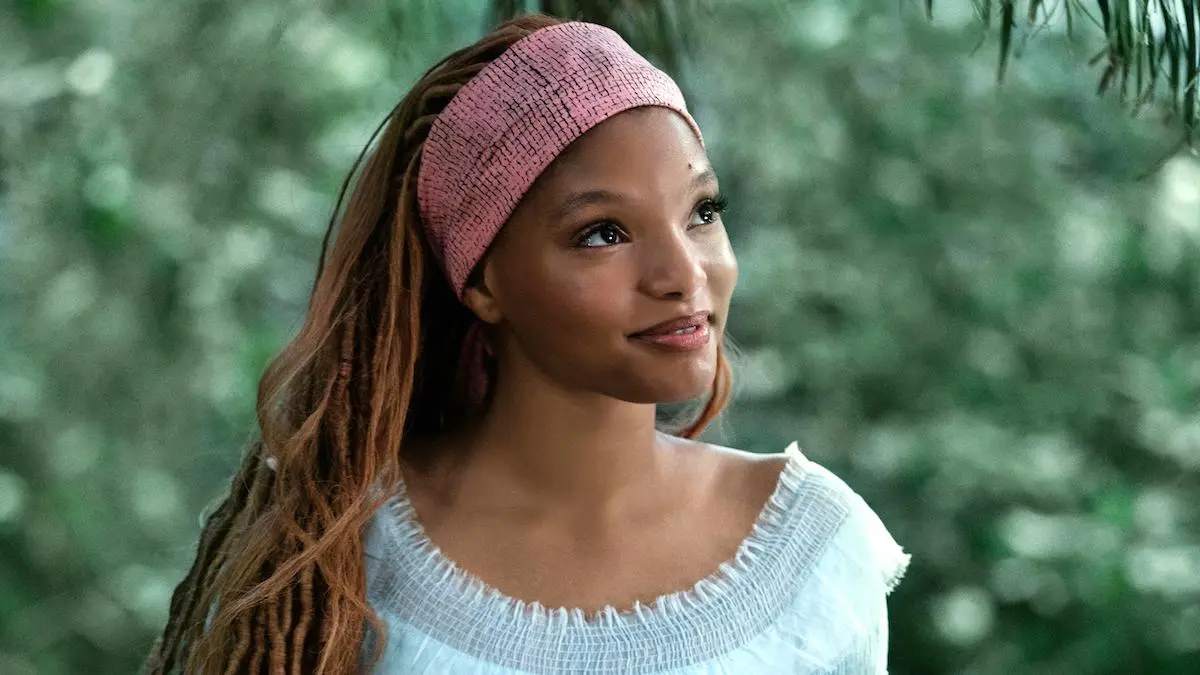
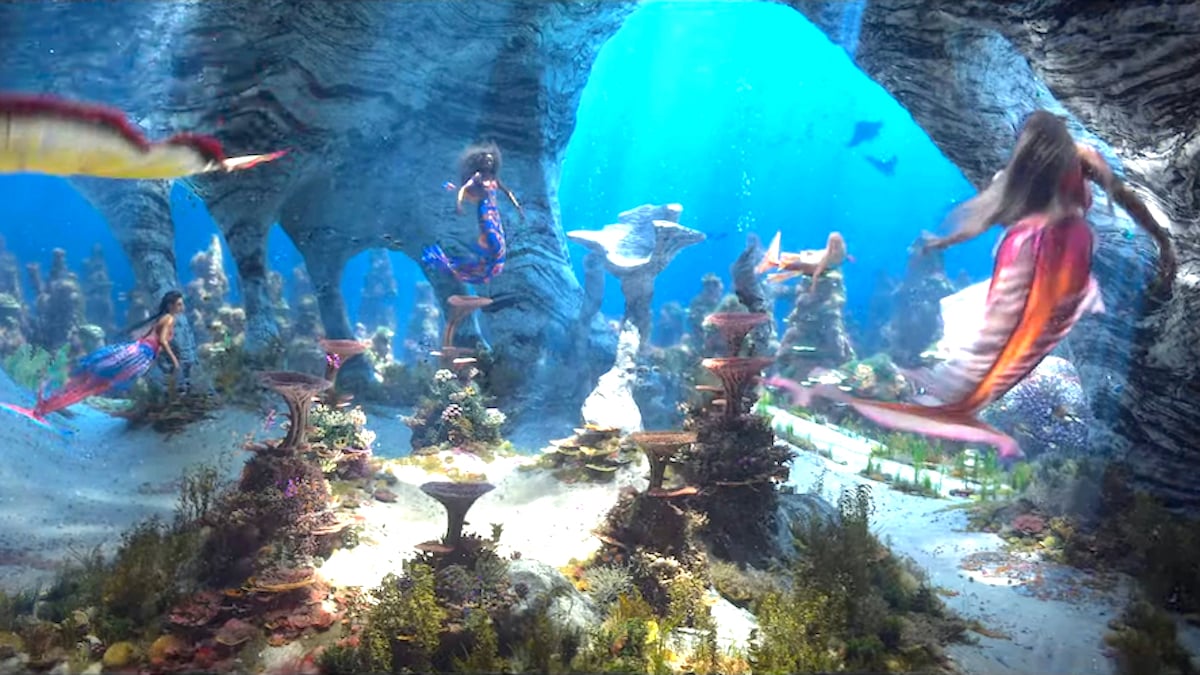
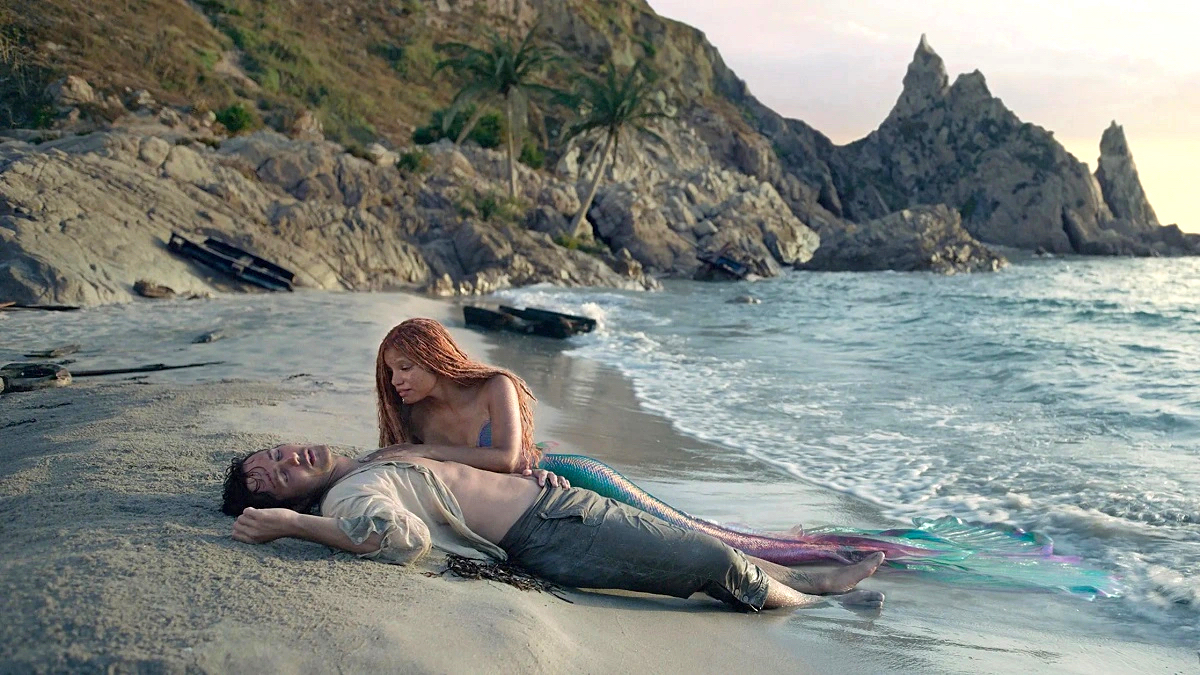
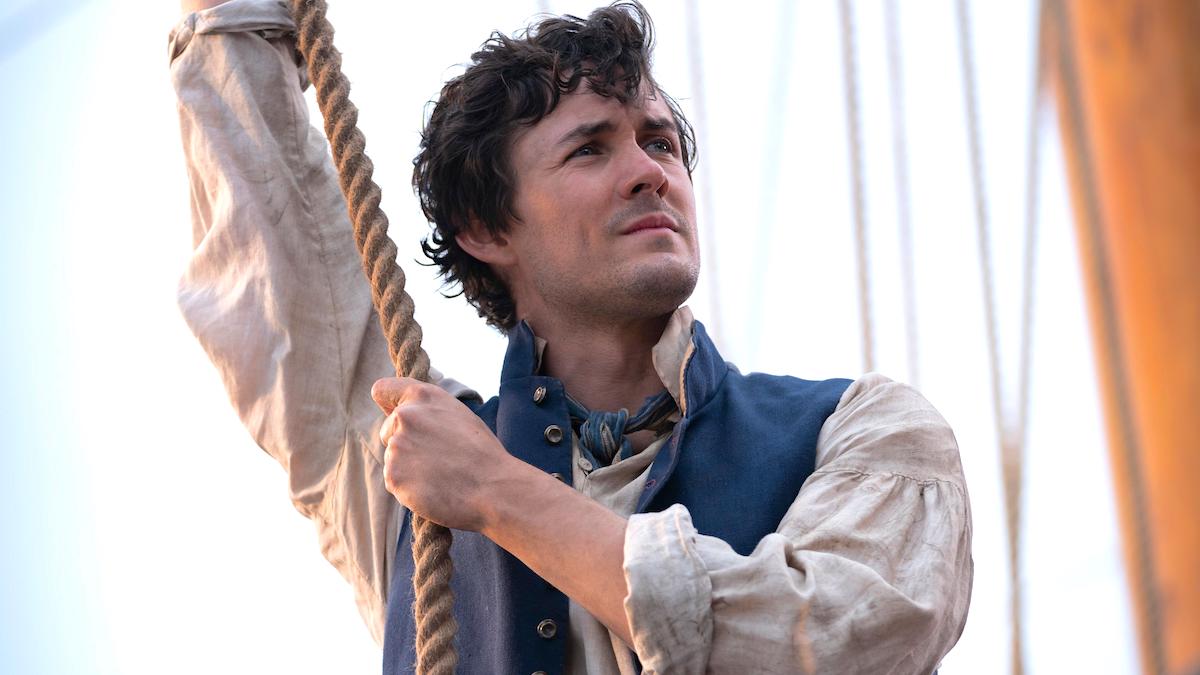
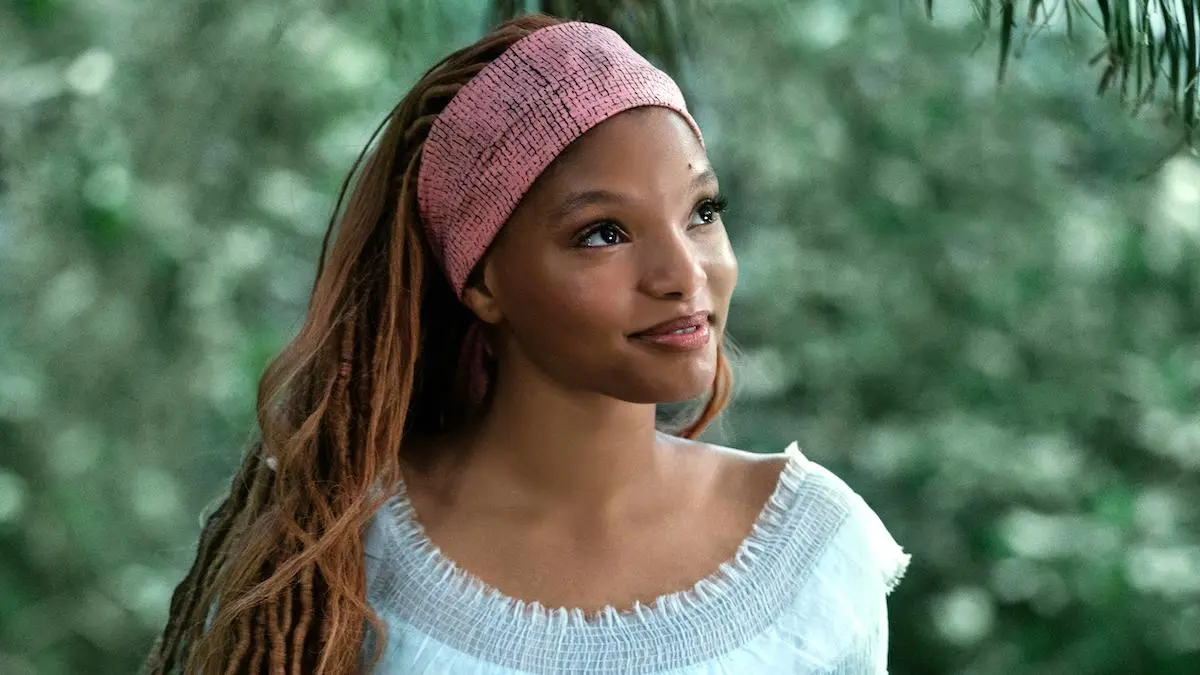
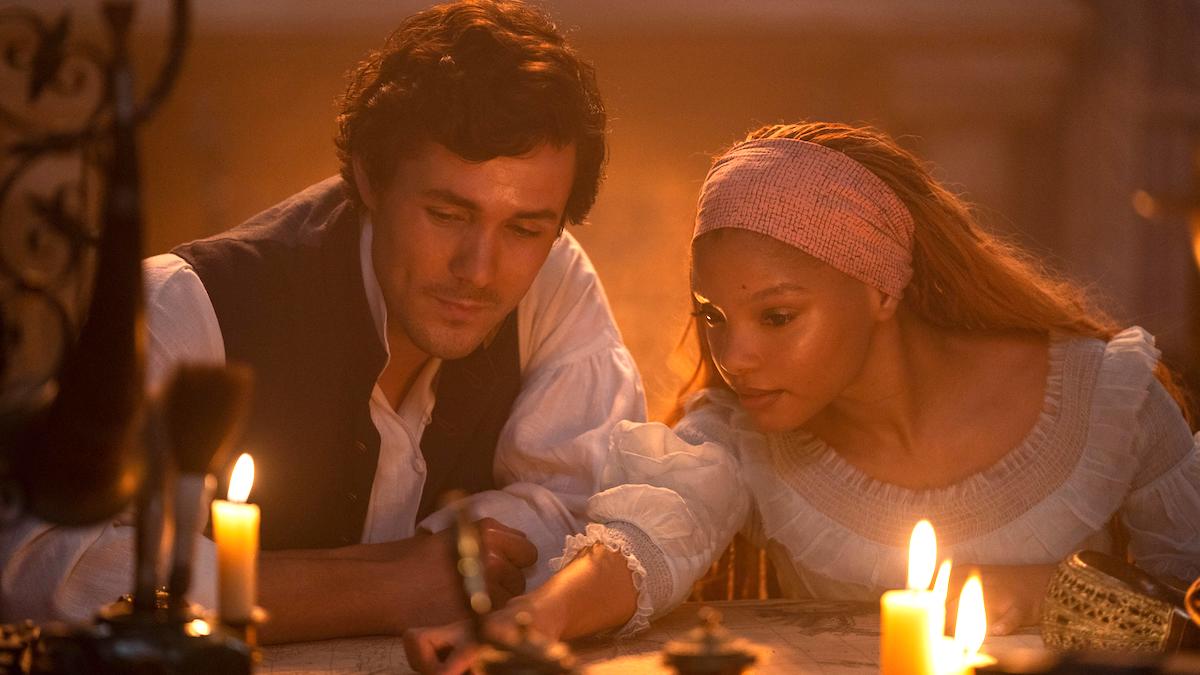
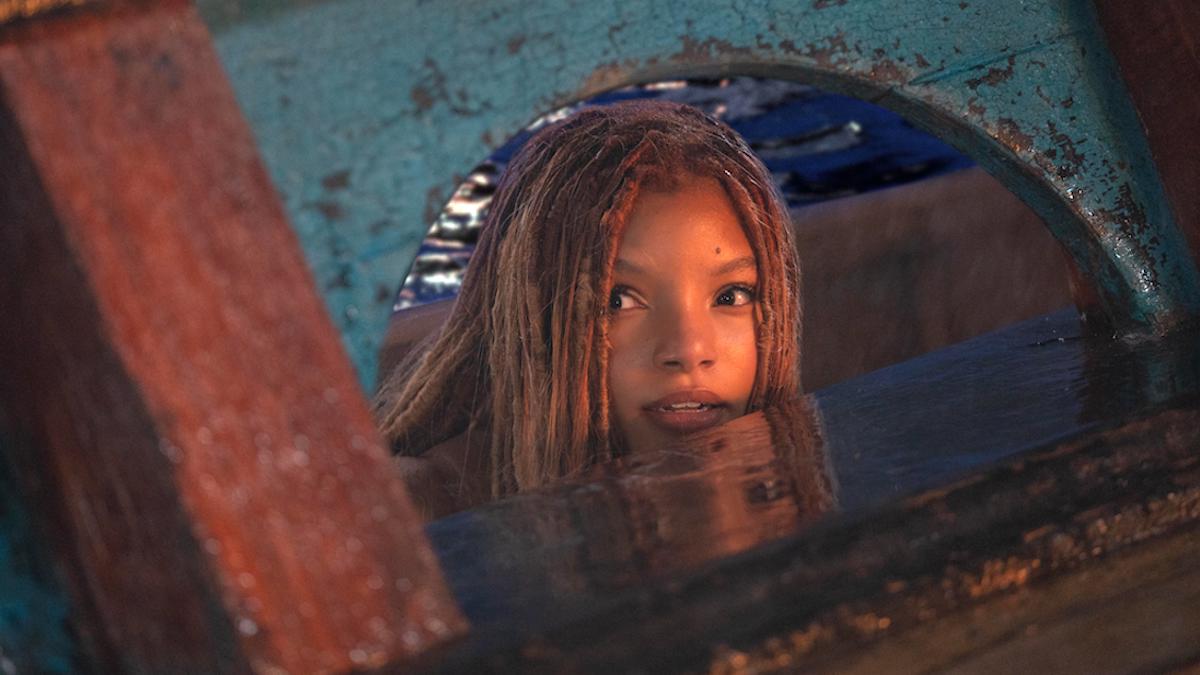
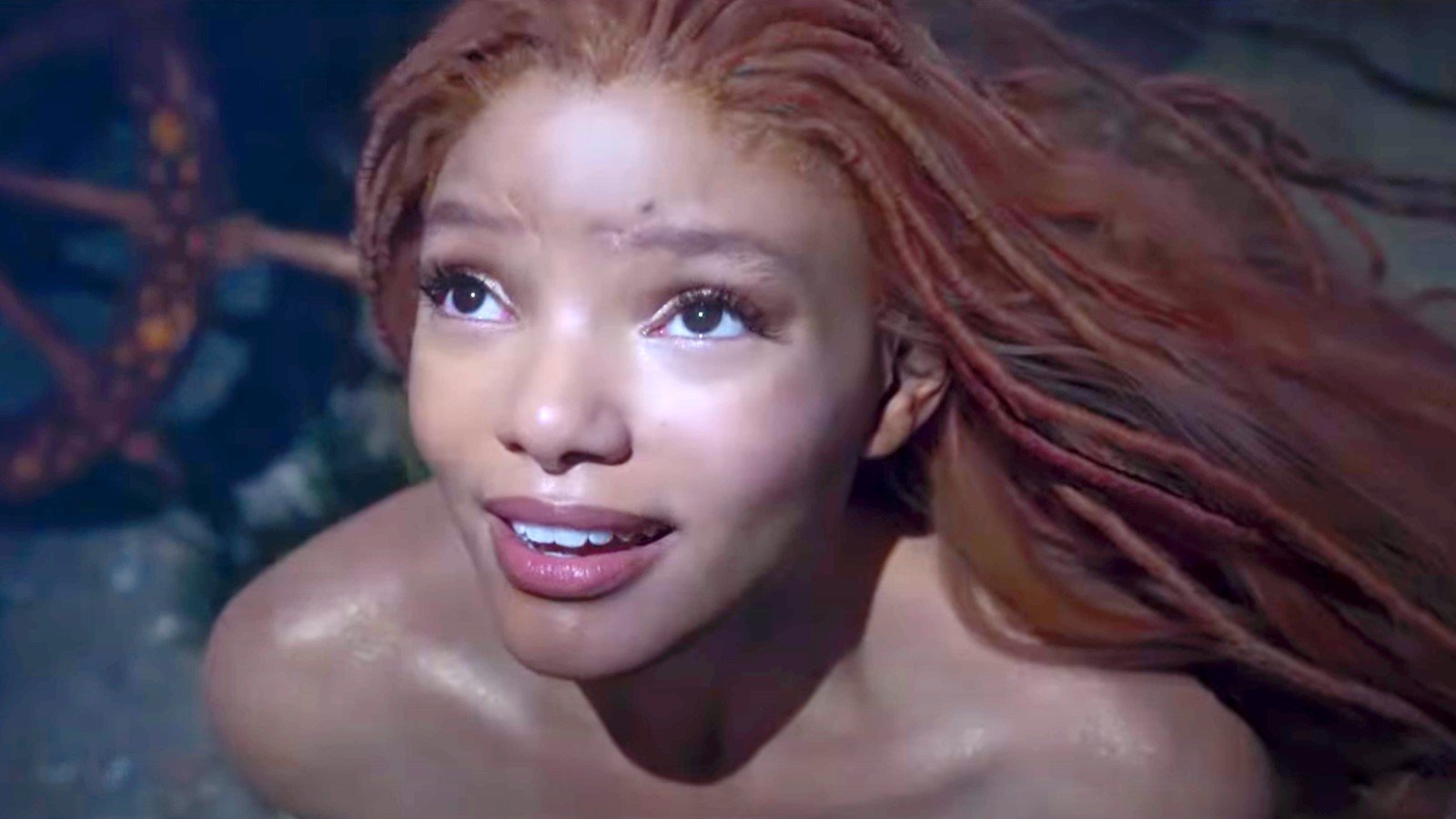
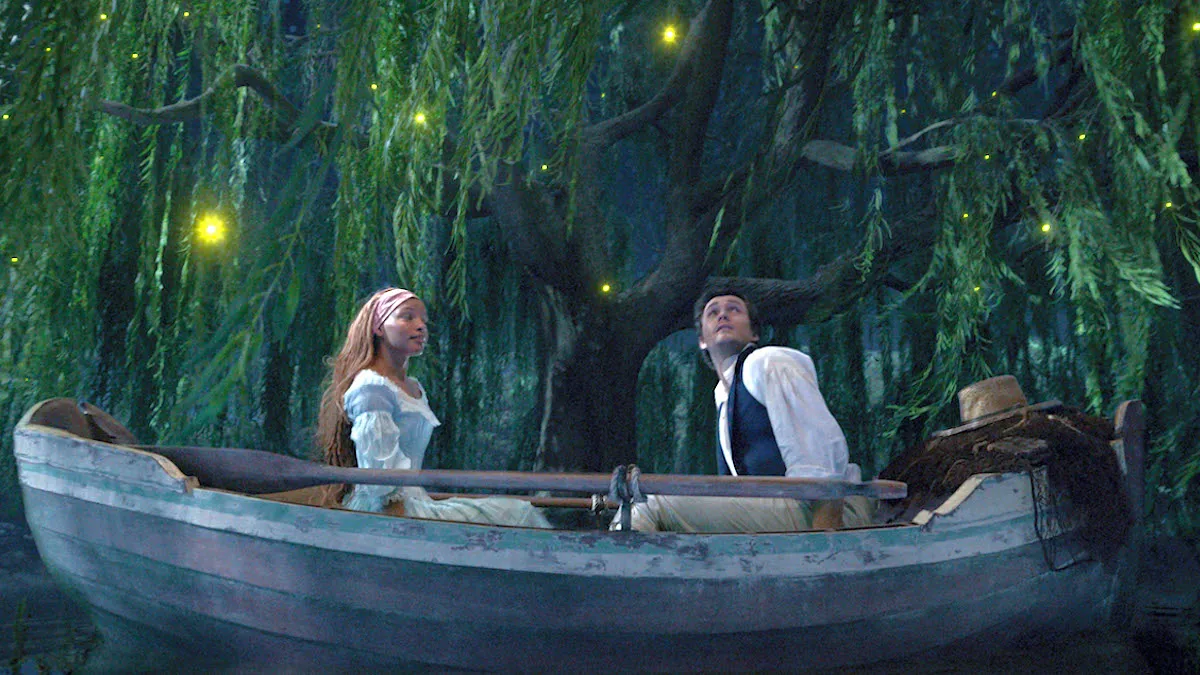
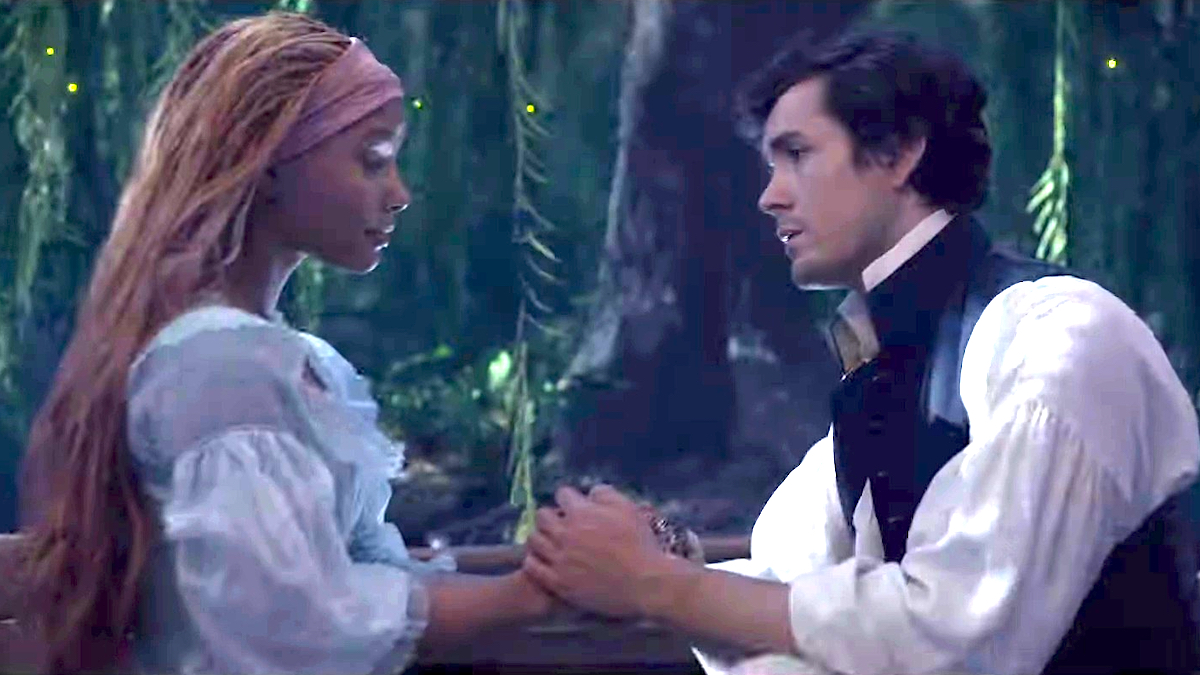
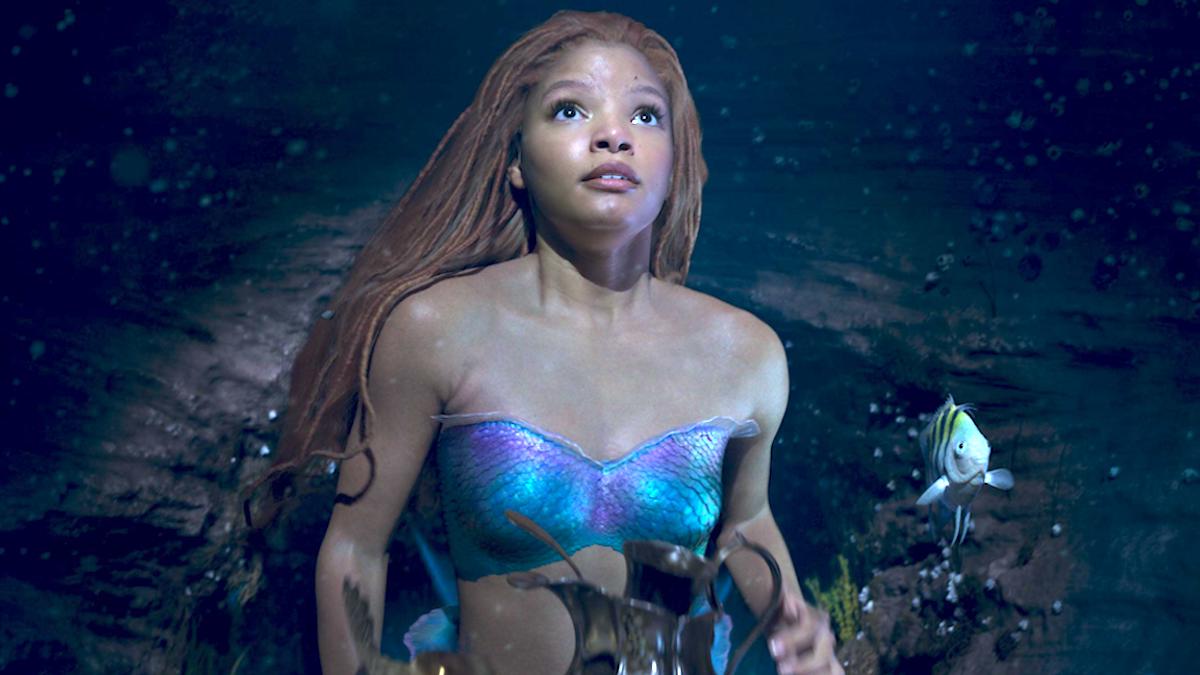
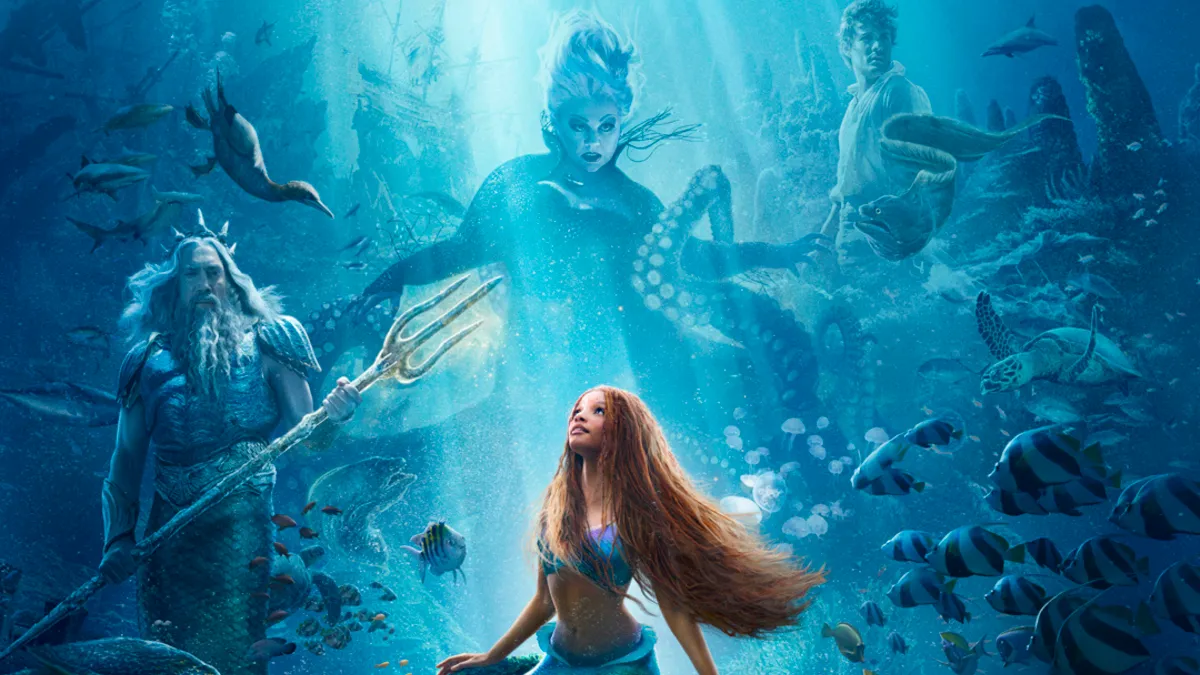
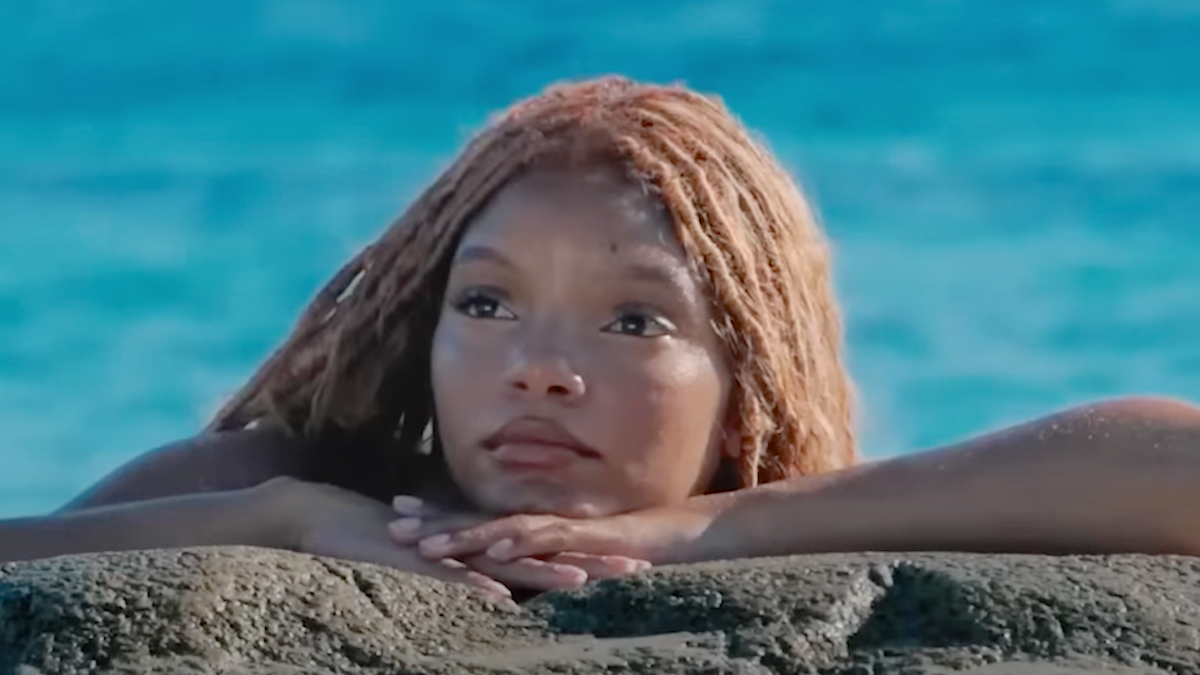
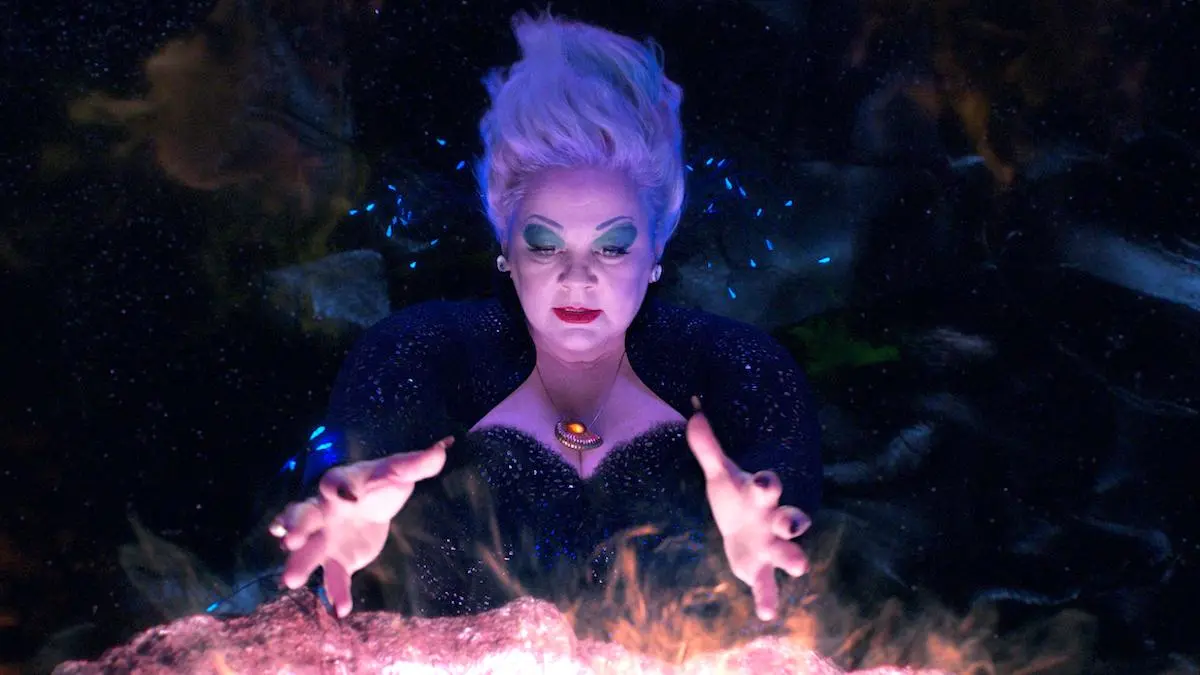
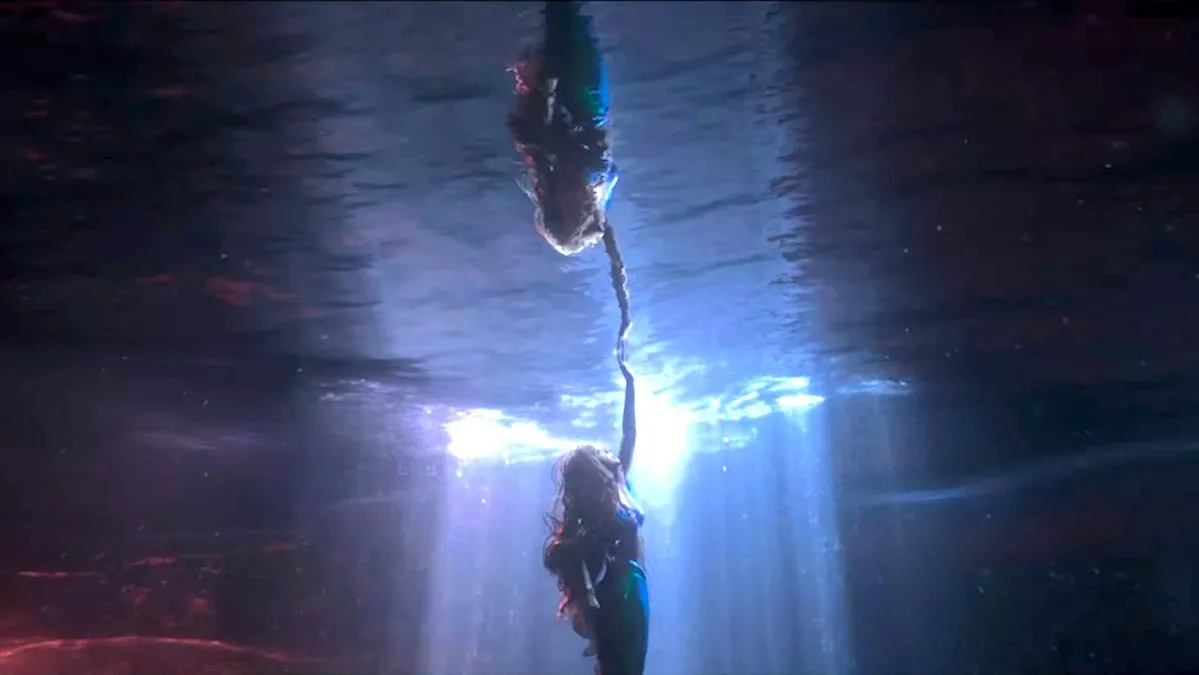









Published: May 31, 2023 04:14 pm